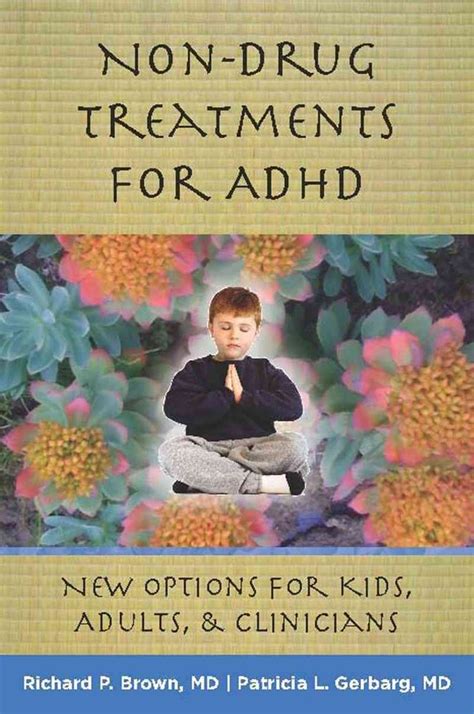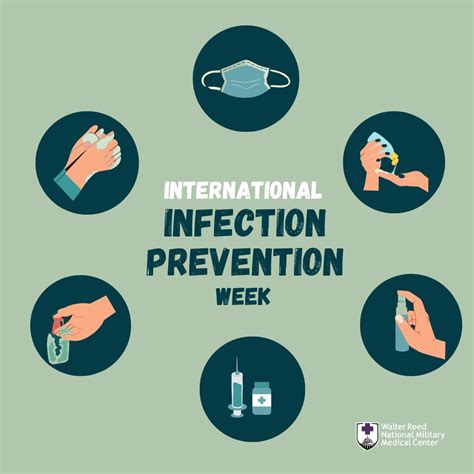Intro
Discover effective Body Lice Treatment Options, including medications, home remedies, and preventative measures to eliminate lice infestations, pediculosis, and itchiness, and learn about over-the-counter and prescription treatments.
The importance of addressing body lice infestations cannot be overstated, as these tiny, parasitic insects can cause significant discomfort, emotional distress, and even secondary infections. Body lice, also known as Pediculus humanus, are different from head lice and pubic lice, and require specific treatment approaches. Understanding the available treatment options is crucial for effectively managing body lice infestations and preventing their spread. In this article, we will delve into the various treatment options, their benefits, and limitations, as well as provide practical advice on how to choose the most suitable approach.
The prevalence of body lice infestations is often associated with poor hygiene, overcrowding, and socioeconomic factors. However, anyone can get body lice, regardless of their background or lifestyle. The first step in treating body lice is to acknowledge the problem and seek medical attention if necessary. A healthcare professional can diagnose body lice by visual examination or by using a specialized comb to detect the lice or their eggs. Once the diagnosis is confirmed, the treatment process can begin.
Body lice treatment options have evolved over the years, and there are now various approaches available, ranging from non-prescription medications to prescription-strength treatments. The choice of treatment depends on several factors, including the severity of the infestation, the individual's overall health, and the presence of any underlying medical conditions. It is essential to note that body lice treatment requires a comprehensive approach, involving not only the treatment of the individual but also the decontamination of their environment and personal belongings.
Non-Prescription Treatments

Permethrin-Based Treatments
Permethrin-based treatments, such as Elimite or Nix, are popular non-prescription options for treating body lice. These products are available in cream, lotion, or spray form and are applied directly to the skin or clothing. Permethrin works by killing lice and their eggs, and it is generally safe and well-tolerated. However, permethrin-based treatments may not be as effective as prescription-strength medications, and they may require repeated applications to achieve optimal results.Pyrethrin-Based Treatments
Pyrethrin-based treatments, such as R&C or A-200, are another type of non-prescription medication for treating body lice. These products are available in shampoo or spray form and are applied directly to the skin or clothing. Pyrethrin works by killing lice and their eggs, and it is generally safe and well-tolerated. However, pyrethrin-based treatments may not be as effective as permethrin-based treatments, and they may require repeated applications to achieve optimal results.Prescription-Strength Treatments

Ivermectin-Based Treatments
Ivermectin-based treatments, such as Stromectol, are a type of prescription-strength medication for treating body lice. Ivermectin works by killing lice and their eggs, and it is generally safe and well-tolerated. However, ivermectin-based treatments may have more side effects than non-prescription medications, such as nausea, diarrhea, or abdominal pain.Spinosad-Based Treatments
Spinosad-based treatments, such as Natroba, are another type of prescription-strength medication for treating body lice. Spinosad works by killing lice and their eggs, and it is generally safe and well-tolerated. However, spinosad-based treatments may have more side effects than non-prescription medications, such as redness, itching, or burning sensations on the skin.Alternative Treatments

Natural Remedies
Natural remedies, such as essential oils or herbal extracts, may be used to treat body lice. These remedies may include the use of tea tree oil, lavender oil, or eucalyptus oil, which have been shown to have insecticidal properties. However, the effectiveness of natural remedies is often anecdotal, and more research is needed to confirm their efficacy.Home Treatments
Home treatments, such as washing and drying clothing and bedding, may be used to treat body lice. These treatments may include the use of hot water, high heat, or dry cleaning to kill lice and their eggs. However, home treatments may not be as effective as non-prescription or prescription-strength medications, and they may require repeated applications to achieve optimal results.Prevention and Control Measures

Insecticides
Insecticides, such as permethrin or pyrethrin, may be used to treat clothing and bedding to prevent the spread of body lice. These insecticides work by killing lice and their eggs, and they are generally safe and well-tolerated. However, insecticides may have more side effects than non-prescription medications, such as skin irritation or allergic reactions.Good Hygiene Practices
Good hygiene practices, such as washing and drying clothing and bedding regularly, can help prevent the spread of body lice. These practices may include the use of hot water, high heat, or dry cleaning to kill lice and their eggs. Additionally, avoiding close contact with individuals who have body lice and avoiding sharing personal items, such as clothing or bedding, can help reduce the risk of transmission.What are the symptoms of body lice infestations?
+Body lice infestations can cause intense itching, redness, and irritation on the skin, particularly in areas where clothing fits tightly. Other symptoms may include the presence of lice or eggs on the skin or clothing, as well as secondary infections, such as impetigo or scabies.
How are body lice transmitted?
+Body lice are typically transmitted through direct contact with an infested person or their personal items, such as clothing or bedding. They can also be transmitted through indirect contact, such as sharing personal items or using infested bedding or towels.
Can body lice be prevented?
+Yes, body lice can be prevented by practicing good hygiene, such as washing and drying clothing and bedding regularly, and avoiding close contact with individuals who have body lice. Additionally, using insecticides, such as permethrin or pyrethrin, to treat clothing and bedding can help prevent the spread of body lice.
How long does it take to get rid of body lice?
+The length of time it takes to get rid of body lice depends on the severity of the infestation and the effectiveness of the treatment. Non-prescription treatments may take several days to a week to work, while prescription-strength treatments may take longer to work. It is essential to follow the treatment instructions carefully and to repeat the treatment as directed to ensure that all lice and eggs are eliminated.
Can body lice be treated at home?
+Yes, body lice can be treated at home using non-prescription medications, such as permethrin or pyrethrin-based products. However, it is essential to follow the treatment instructions carefully and to repeat the treatment as directed to ensure that all lice and eggs are eliminated. Additionally, practicing good hygiene, such as washing and drying clothing and bedding regularly, can help prevent the spread of body lice.
In summary, body lice treatment options are diverse and depend on the severity of the infestation, the individual's overall health, and the presence of any underlying medical conditions. Non-prescription treatments, such as permethrin or pyrethrin-based products, are widely available and can be effective in treating mild to moderate body lice infestations. Prescription-strength treatments, such as ivermectin or spinosad, are more potent and may be reserved for severe body lice infestations or cases where non-prescription treatments have failed. Alternative treatments, such as natural remedies or home treatments, may be used in conjunction with non-prescription or prescription-strength medications to treat body lice. By understanding the available treatment options and taking preventive measures, individuals can effectively manage body lice infestations and prevent their spread. We encourage readers to share their experiences and ask questions in the comments section below, and to explore other resources and articles on our website for more information on body lice treatment and prevention.
